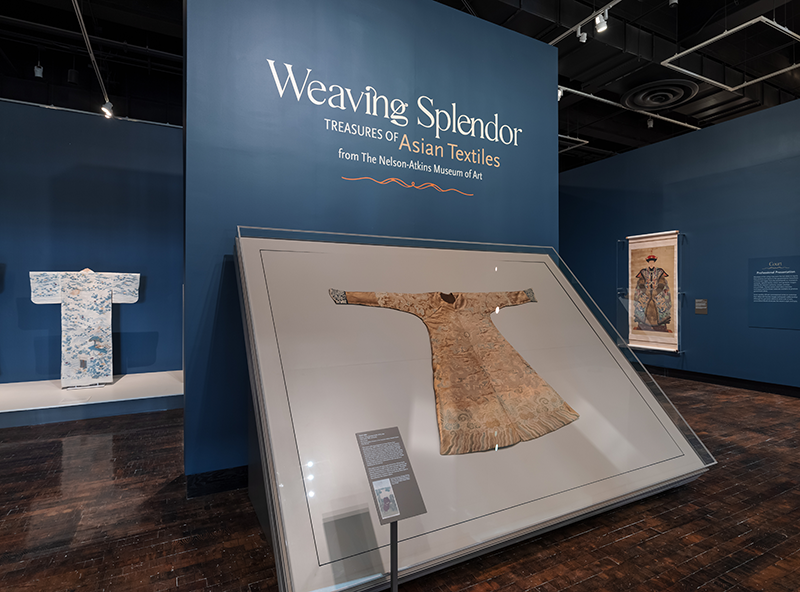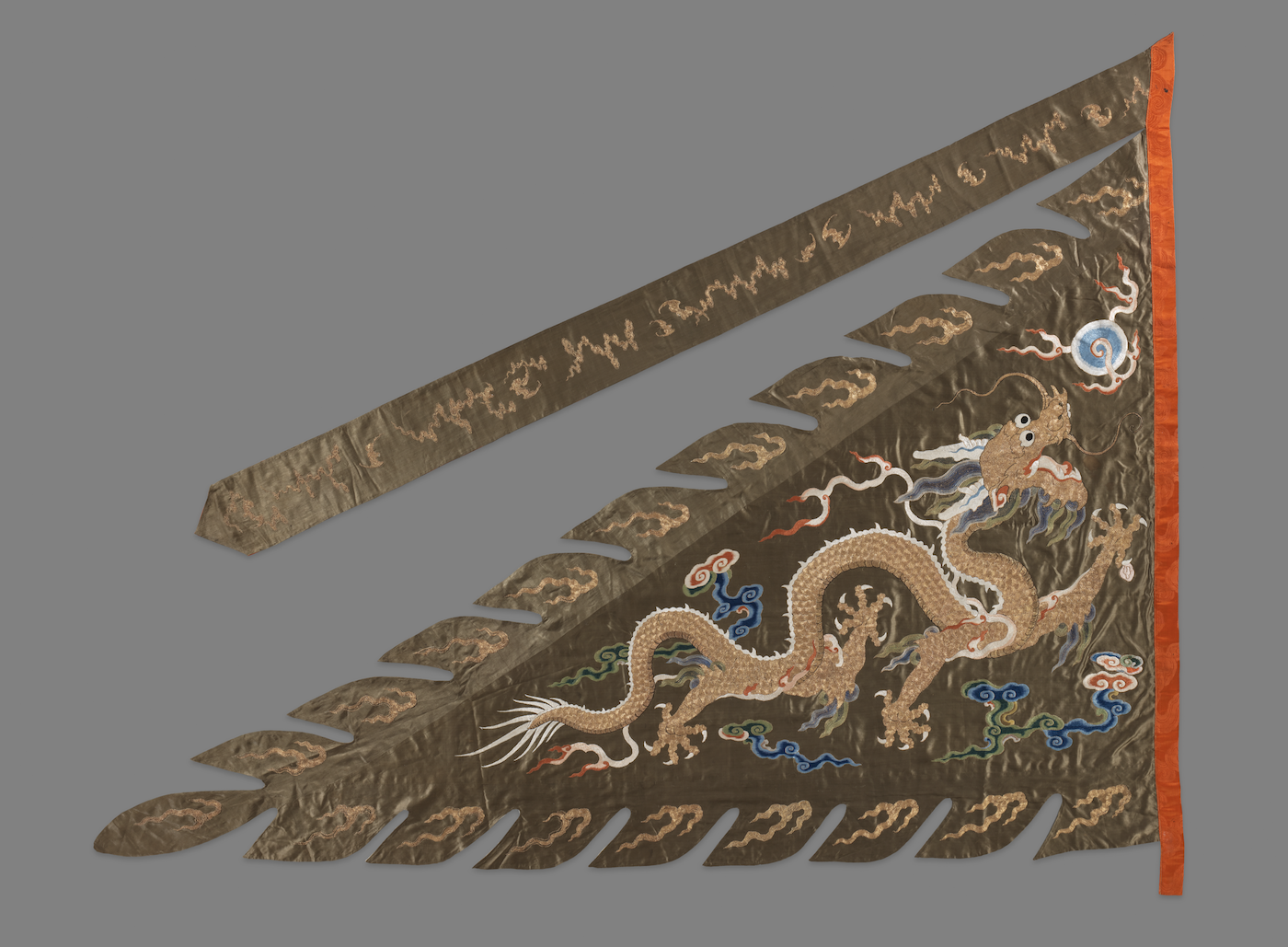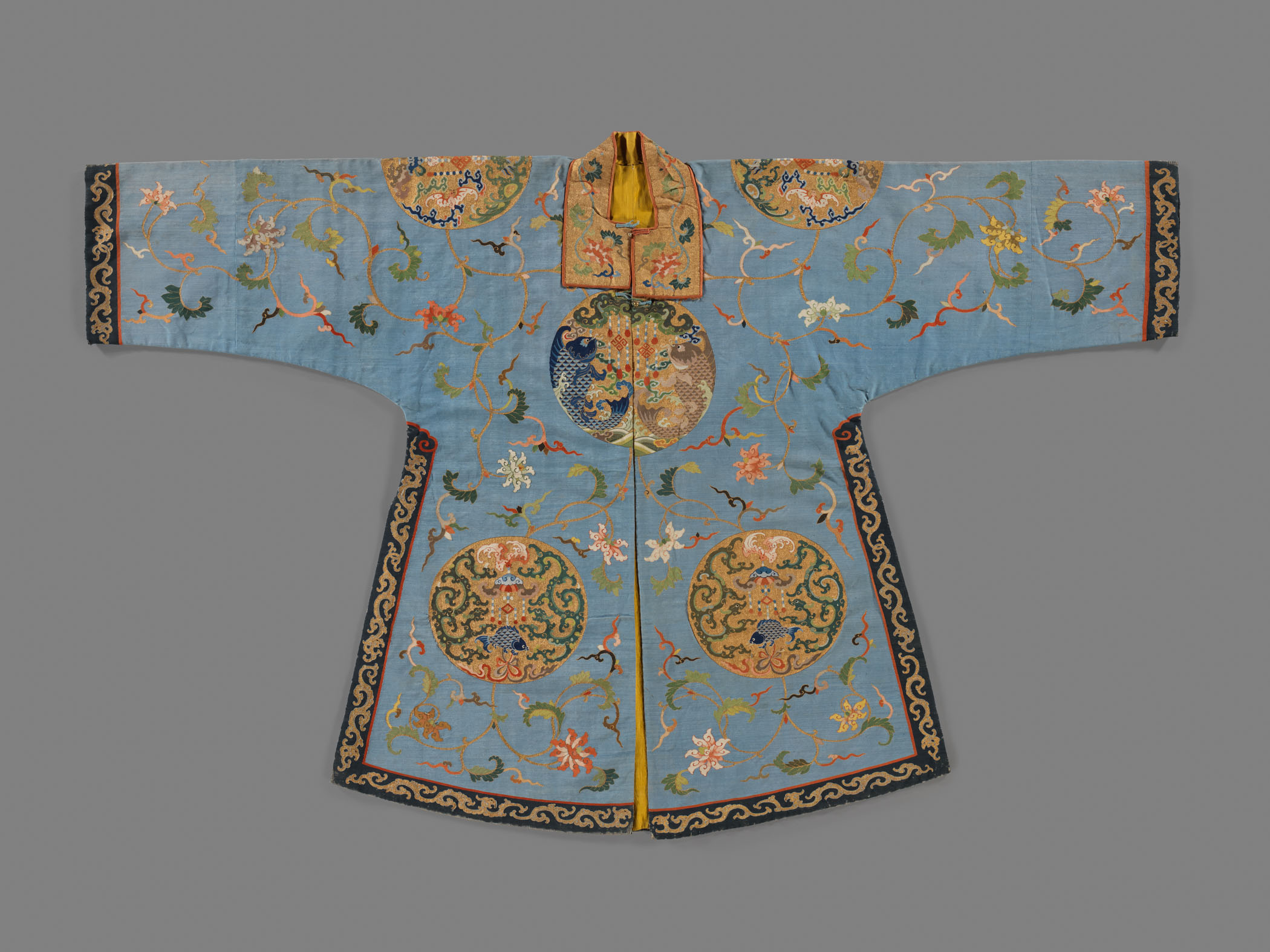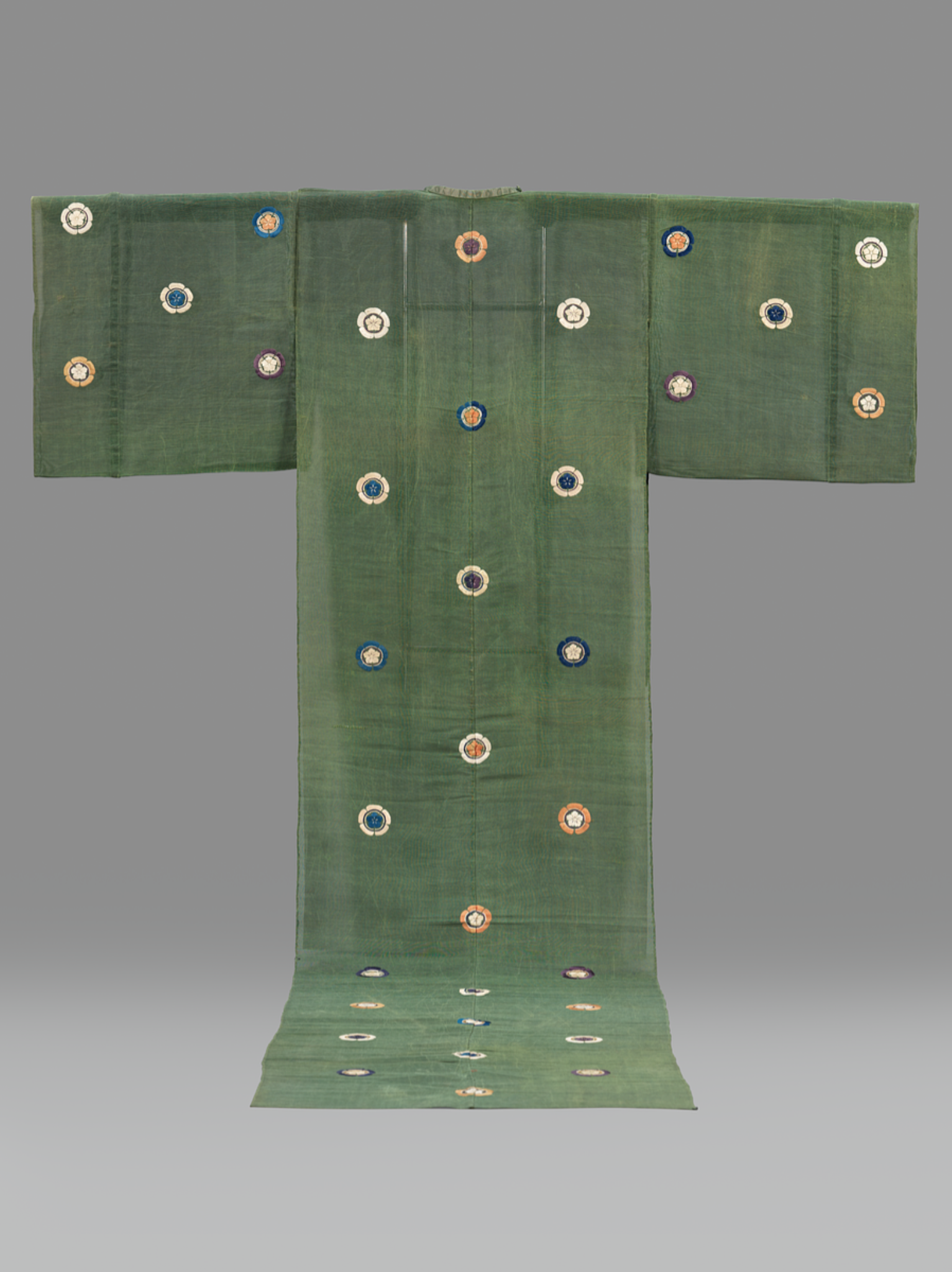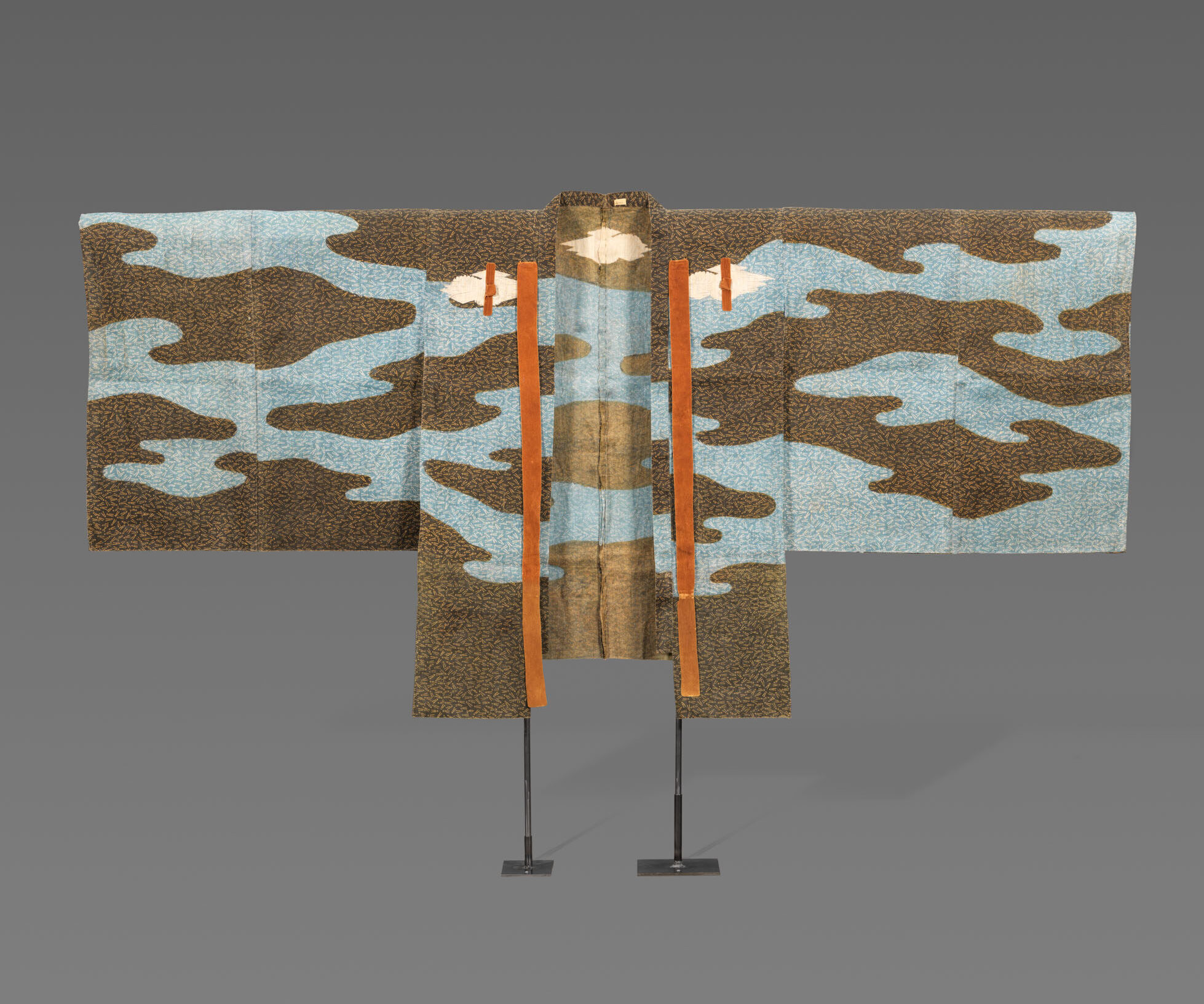This exhibition presents rarely seen Chinese, Indian, Japanese, Persian, and Turkish textiles drawn from the renowned collection of The Nelson-Atkins Museum of Art. Made with fine materials, exemplary techniques, and stunning artistry, Asian luxury textiles have been integral to global trade for centuries.
The exhibition traces the history of these works of art and the people who owned them and carried them across the world. Luxurious costumes of the court performed power. Striking theater robes brought stage characters to life. Sturdy wall hangings and furniture covers transformed palaces, temples, and homes. Shimmering tapestry-woven carpets were created as diplomatic gifts for foreign rulers. Artists borrowed techniques from near and far to appeal to the latest fashions in the developing global market. The extraordinary stories of these textile treasures take visitors on a journey across continents, from the fifteenth century to today.
ArtQuest Activities
During your visit, stop by the Martin ArtQuest Gallery on the Upper Level to create a print on fabric, design a kimono bookmark, make a watercolor painting using bamboo brushes, try your hand at weaving or embroidery stitches, and more!
Organized by The Nelson-Atkins Museum of Art, Kansas City, Missouri
Platinum sponsor

Hospitality sponsor

Spanish translation sponsor

Supported in part by
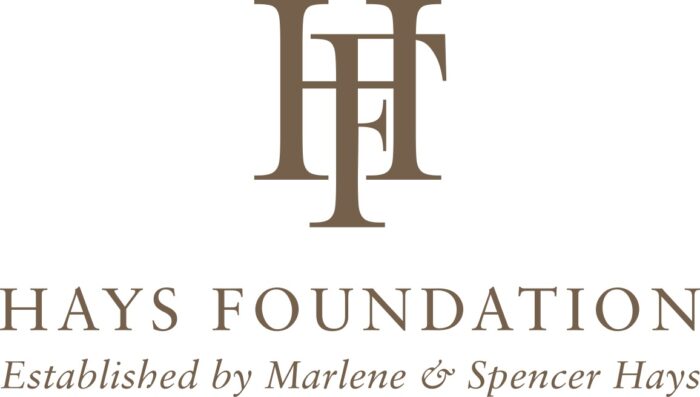
Supported in part by
Judy and Joe Barker
Artist demonstrations supported in part by
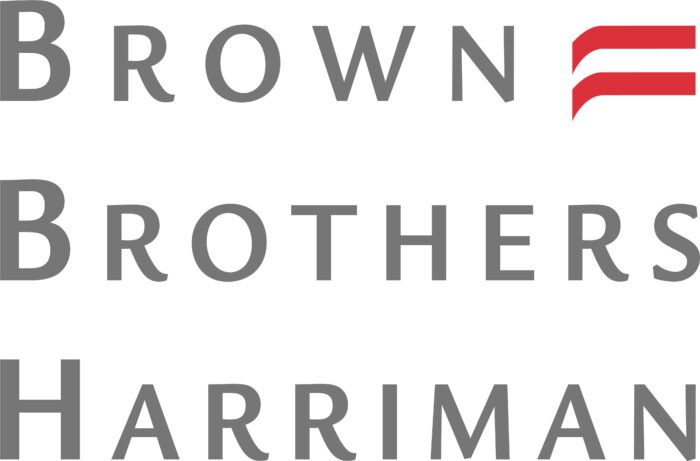
Presented in part by

Exhibition gallery
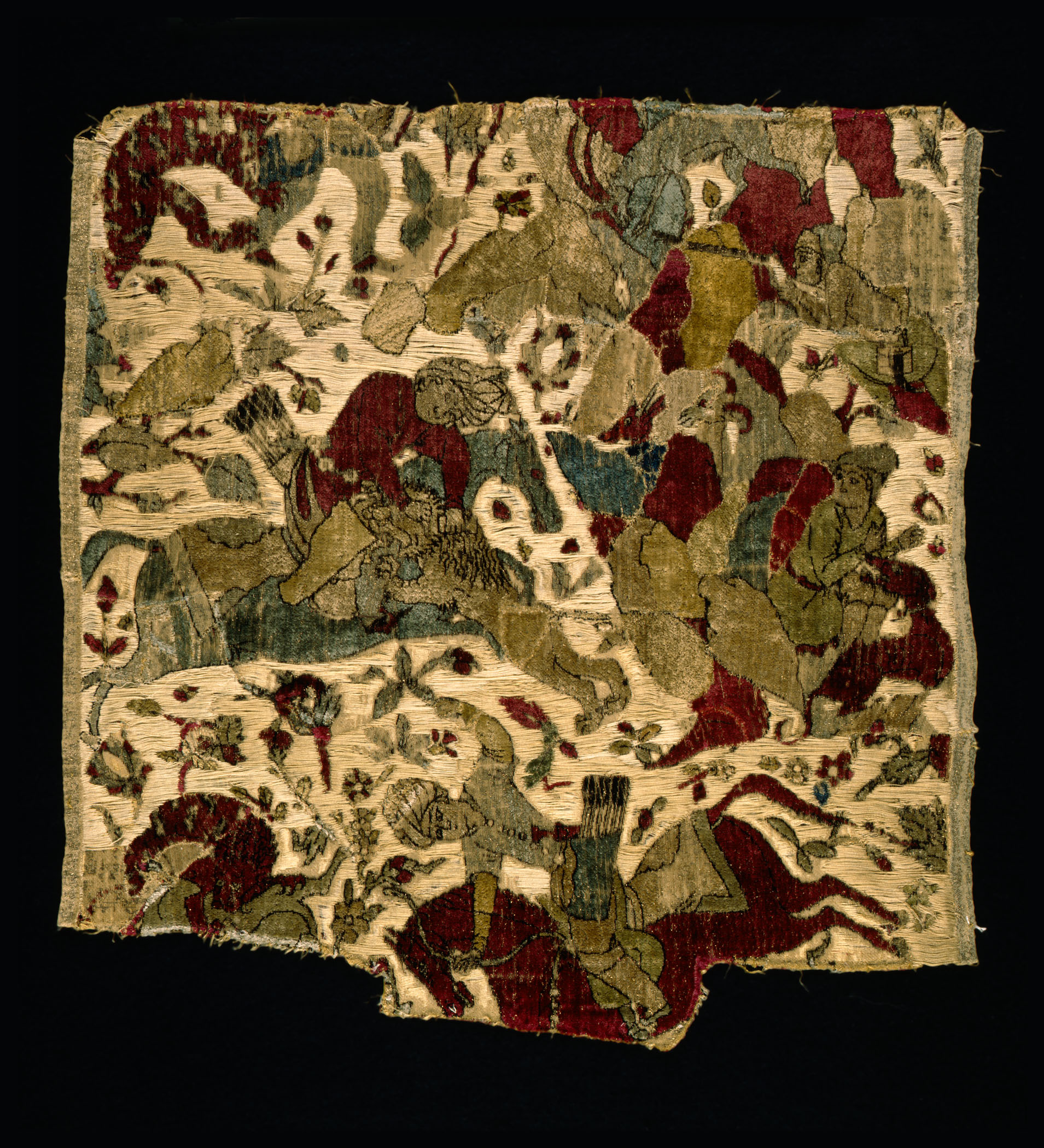
Designed by a court painter, possibly Siyavush Beg Gurji (Persian, active mid–16th century to early 17th century), Probably Tabriz, Iran, Safavid dynasty (1501–1722). Velvet fragment of hunting scene, ca. 1540–70. Silk cut and voided velvet with silk pile with metal-wrapped thread brocade velvet; 19 x 18 1/2 in. The Nelson-Atkins Museum of Art, Purchase: William Rockhill Nelson Trust, 32-80/3
